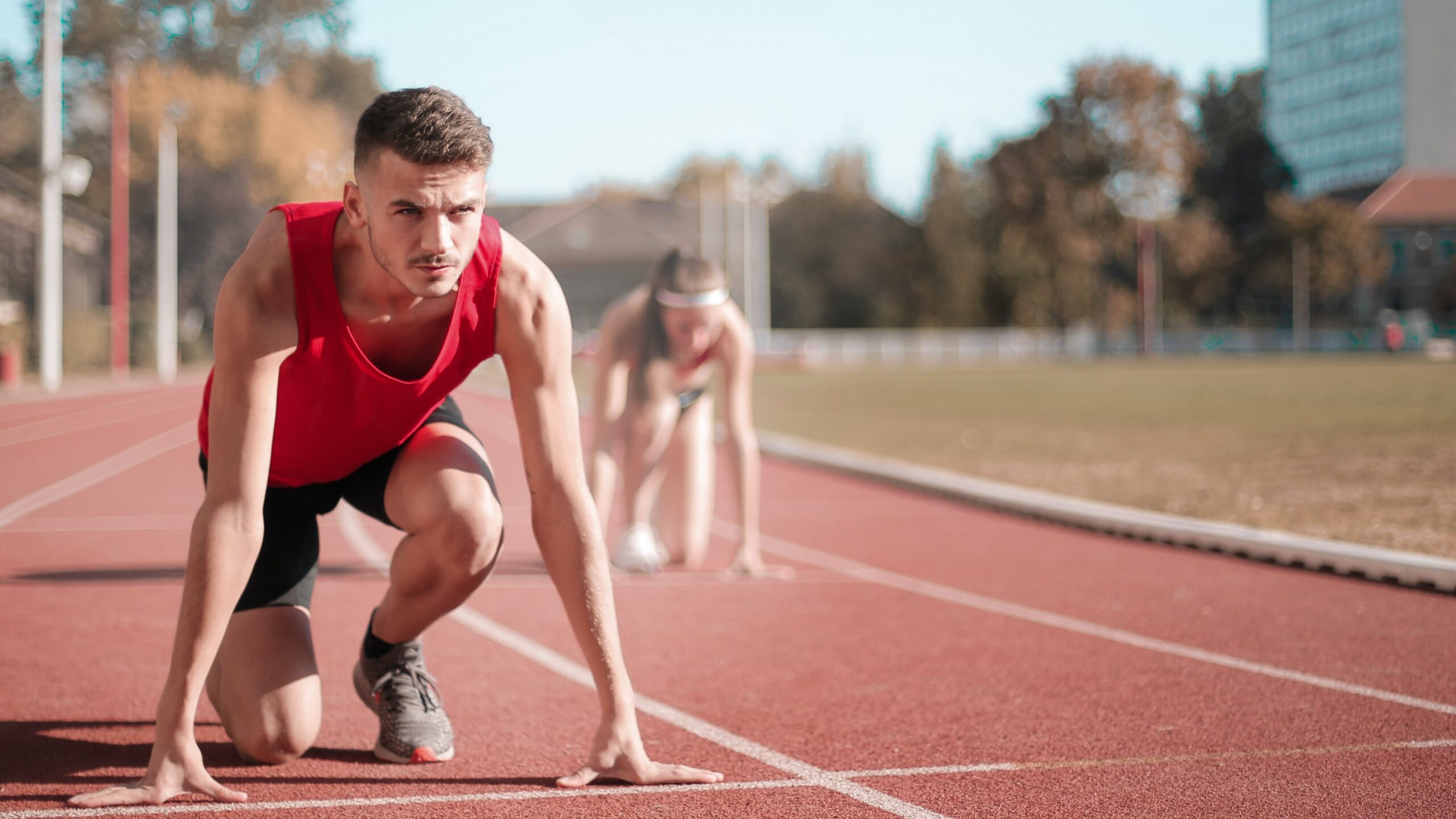What Is In Rowing?
Rowing is a sport that involves propelling a boat through water using oars. It has a rich history that dates back to ancient times when it was used for transportation, fishing, and warfare. Today, rowing is a competitive sport that is enjoyed by people of all ages and skill levels.

In rowing, athletes sit in a boat facing backwards and use oars to move the boat through the water. The oars are attached to the boat with riggers, which are metal arms that extend out from the sides of the boat. The oars are used to push the boat forward through the water, and the rower uses their legs, arms, and back to generate power.
Rowing can be done in many different types of boats, ranging from single sculls, which are boats designed for one person, to eights, which are boats designed for eight rowers and a coxswain, who steers the boat and gives commands to the rowers. Other popular boat types include doubles, quads, and fours.
There are also many different types of rowing races, ranging from sprints that take place over a few hundred meters to longer races that can last for several miles. Some of the most popular races include the Oxford and Cambridge Boat Race, which takes place between the universities of Oxford and Cambridge in the UK, and the Head of the Charles Regatta, which takes place in Boston, Massachusetts, and attracts rowers from around the world.
One of the unique aspects of rowing is the rowing stroke itself. The stroke is broken down into four distinct parts: the catch, the drive, the finish, and the recovery. The catch is the starting position of the stroke, where the oars are placed in the water. The drive is the part of the stroke where the rower uses their legs, arms, and back to push the oars through the water. The finish is the end of the stroke, where the oars are taken out of the water. Finally, the recovery is the part of the stroke where the rower returns to the catch position.
The rowing stroke is a highly technical movement that requires precise timing and coordination. It is also a very efficient way to move through water, as it allows the rower to generate a lot of power with each stroke.
Rowing is a sport that requires a lot of dedication and training to master. In order to become a proficient rower, athletes must develop strength, endurance, and technique. They must also be able to work well with their teammates, as rowing is often done in teams and requires coordination and communication.
There are many different factors that can affect a rowing performance. These include the weather, the condition of the water, the skill level of the rowers, and the type of boat being used. Rowers must be able to adapt to these conditions and make quick decisions in order to perform at their best.
In addition to physical training, rowers also need to focus on mental preparation. Rowing is a sport that requires a lot of concentration and focus, and rowers must be able to maintain their mental edge throughout the race. They must also be able to deal with the pressure of competition and perform under stressful conditions. Rowing is a sport that offers many benefits. It is a great way to stay in shape, build strength and endurance, and develop teamwork and communication skills. It is also a highly technical sport that requires a lot of dedication and hard work to master. Whether you are a competitive rower or just enjoy rowing for fun, there is always room for improvement and growth in the sport.
One of the great things about rowing is that it is a sport that can be enjoyed by people of all ages and skill levels. While competitive rowing is often associated with college and university teams, there are also opportunities for recreational rowing at clubs and organizations around the world.
Rowing is a sport that also offers opportunities for personal growth and development. Many rowers report that the sport has helped them to become more disciplined, focused, and confident in their abilities. Rowing can also provide a sense of camaraderie and community, as rowers often form close bonds with their teammates and competitors.
In addition to the physical and mental benefits of rowing, the sport also has a rich cultural history. Rowing has been a part of many different cultures throughout history, and has been used for everything from transportation to warfare. In the modern era, rowing has become a symbol of athleticism and strength, and is often associated with elite athletes and high-performance sports.
Whether you are a seasoned rower or just starting out in the sport, there is always something new to learn and discover in rowing. From mastering the technical aspects of the stroke to developing a deeper understanding of the sport’s history and culture, rowing offers endless opportunities for growth and exploration.
Why Rowing Is a Seriously Good Workout?
Rowing is a seriously good workout because it provides a full-body workout that targets all of the major muscle groups, including the legs, back, arms, and core. Here are some of the reasons why rowing is such an effective workout:
Low-impact: Rowing is a low-impact exercise that is easy on the joints. Unlike running or other high-impact exercises, rowing puts very little stress on the knees, hips, and ankles, making it an ideal workout for people with joint pain or injuries.
Cardiovascular workout: Rowing is an excellent cardiovascular workout that can help improve your heart health and endurance. Rowing at a moderate pace for just 30 minutes can burn upwards of 300 calories, making it an effective way to lose weight and improve your overall fitness.
Strength training: Rowing provides a full-body strength training workout that targets all of the major muscle groups. The leg drive in the rowing stroke engages the quads, hamstrings, and glutes, while the pulling motion engages the back, arms, and core muscles.
Posture improvement: Rowing requires good posture in order to maintain proper form and generate power. As a result, rowing can help improve your posture and strengthen the muscles that support your spine.
Mental benefits: Rowing can also provide mental benefits, such as stress relief and increased focus. The repetitive motion of rowing can be meditative and calming, while the challenge of pushing yourself to your limits can be a great way to build mental toughness and resilience.
Teamwork: Rowing is often done in teams, and requires coordination and communication between rowers in order to move the boat efficiently. As a result, rowing can help improve your teamwork and communication skills, while also providing a sense of camaraderie and community.
Rowing is a seriously good workout that provides a wide range of physical and mental benefits. Whether you are a competitive rower or just enjoy rowing for fun and fitness, there is no denying the effectiveness of this unique and challenging sport.
